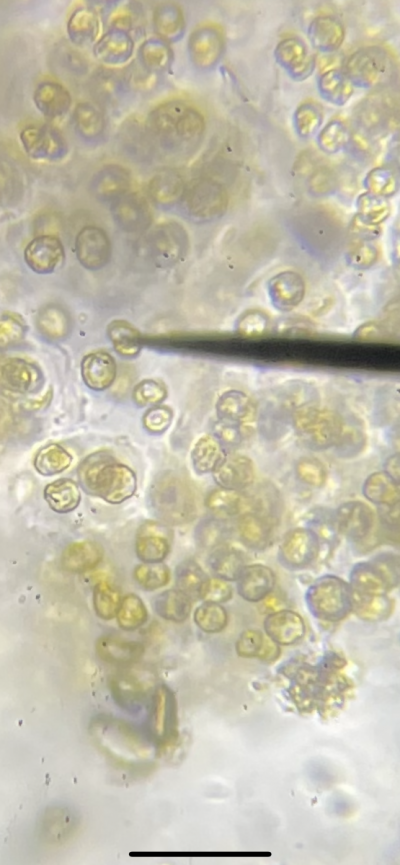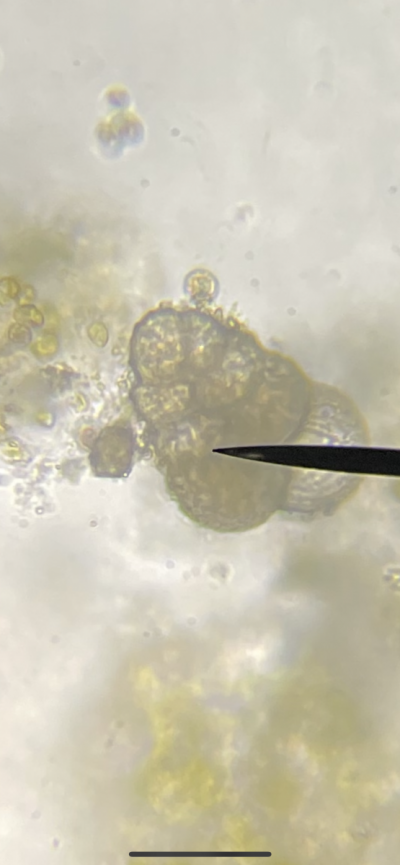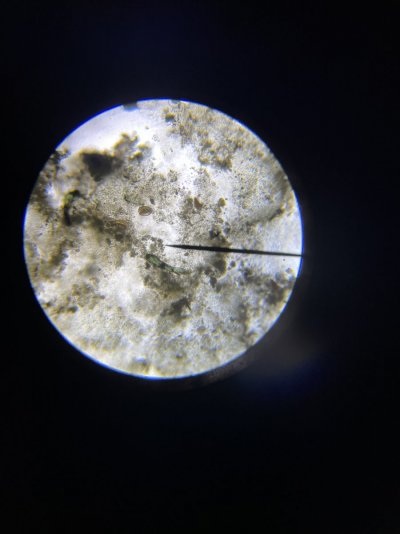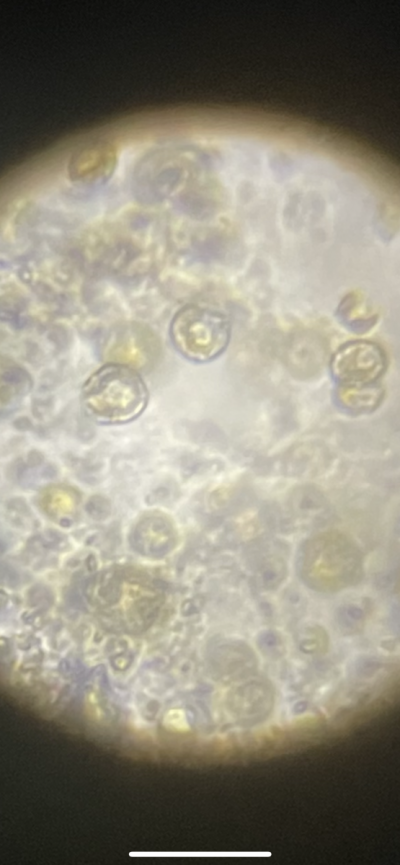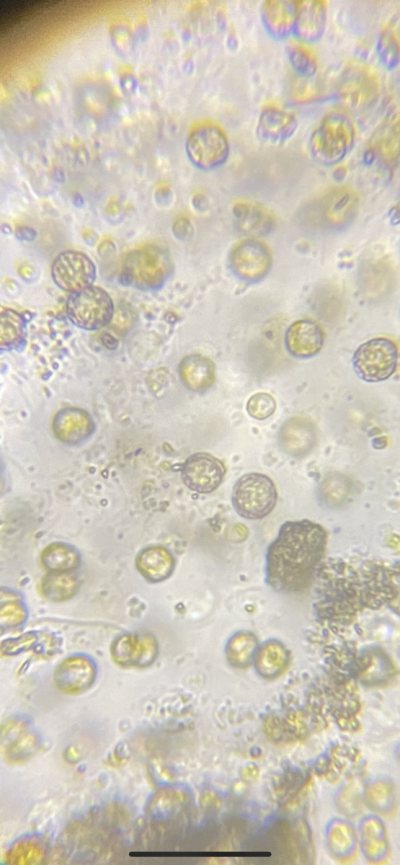- Joined
- Feb 16, 2020
- Messages
- 50
- Reaction score
- 17
I’m a bit discouraged at this point. Maybe someone here can help. I have a tank that I’ve set up for about a year now. 6 months ago I broke down the tank and moved. Ever since then, I’ve been having issues with algae. I only have one chromis at the moment just because I’m afraid to kill anything else that goes in here.
Starting off. I have this brown slimy algae. It was all over the tank. Now it just resides on the rock and sand bed. I thought maybe it was dinos so I got vibrant and started dosing it. It definitely got better. But it’s still sitting on the rock. Now I’ve started getting this spotty black algae on my rock and now it’s spreading to the sand bed. Can anyone help if this stuff and maybe point me in the right direction. I’m about to break down this tank and just call it a loss.
I took some rock out and took some pictures. You can see I was able to scrub most of the brown slime algae off. But not the black stuff.




Starting off. I have this brown slimy algae. It was all over the tank. Now it just resides on the rock and sand bed. I thought maybe it was dinos so I got vibrant and started dosing it. It definitely got better. But it’s still sitting on the rock. Now I’ve started getting this spotty black algae on my rock and now it’s spreading to the sand bed. Can anyone help if this stuff and maybe point me in the right direction. I’m about to break down this tank and just call it a loss.
I took some rock out and took some pictures. You can see I was able to scrub most of the brown slime algae off. But not the black stuff.







